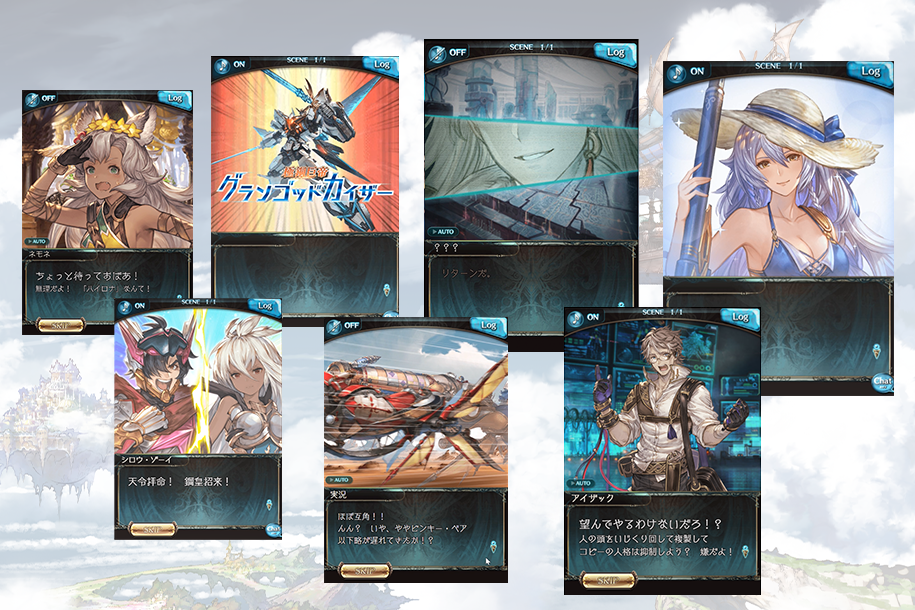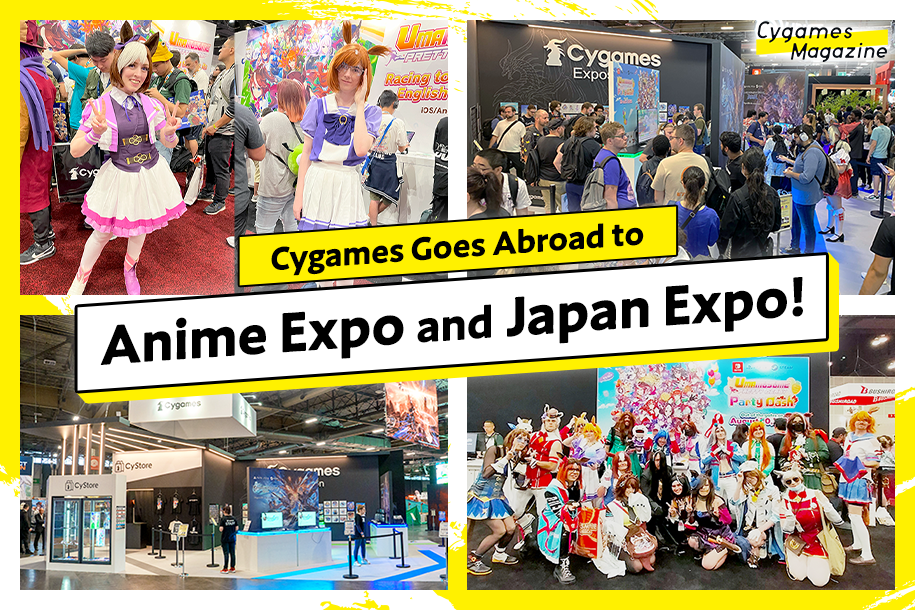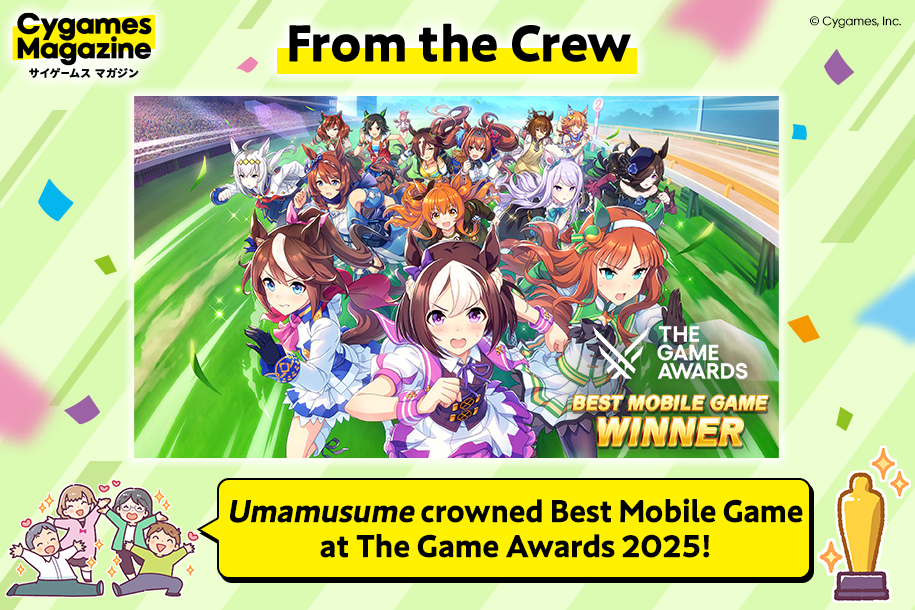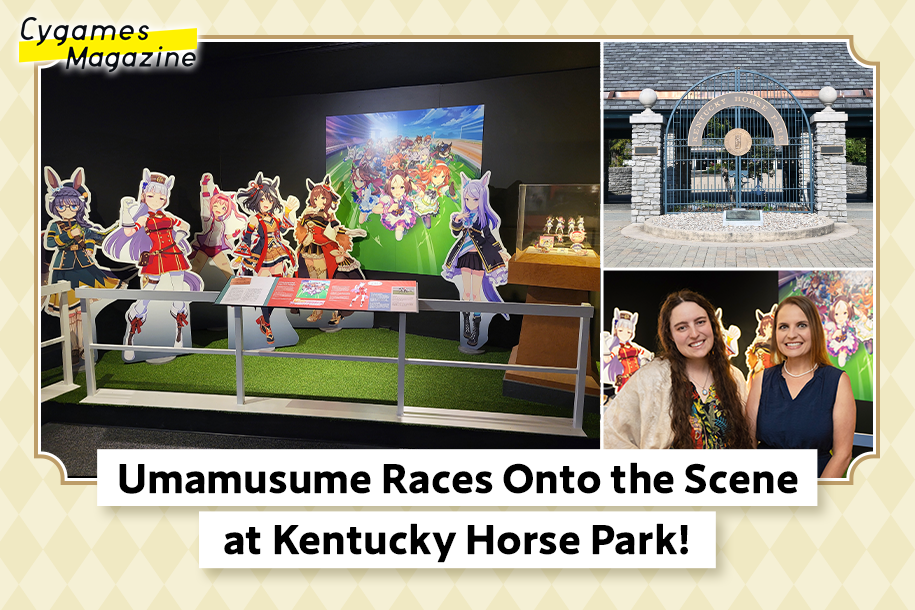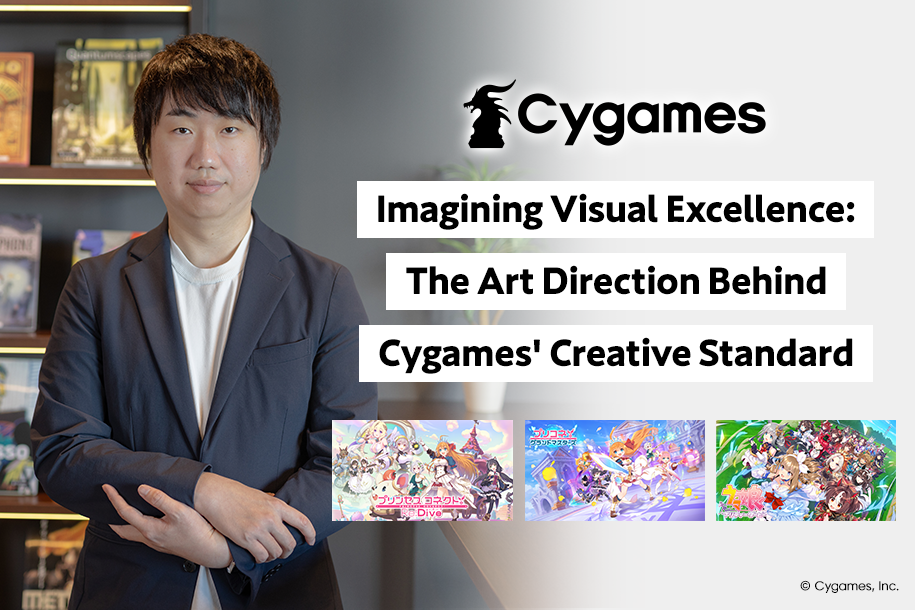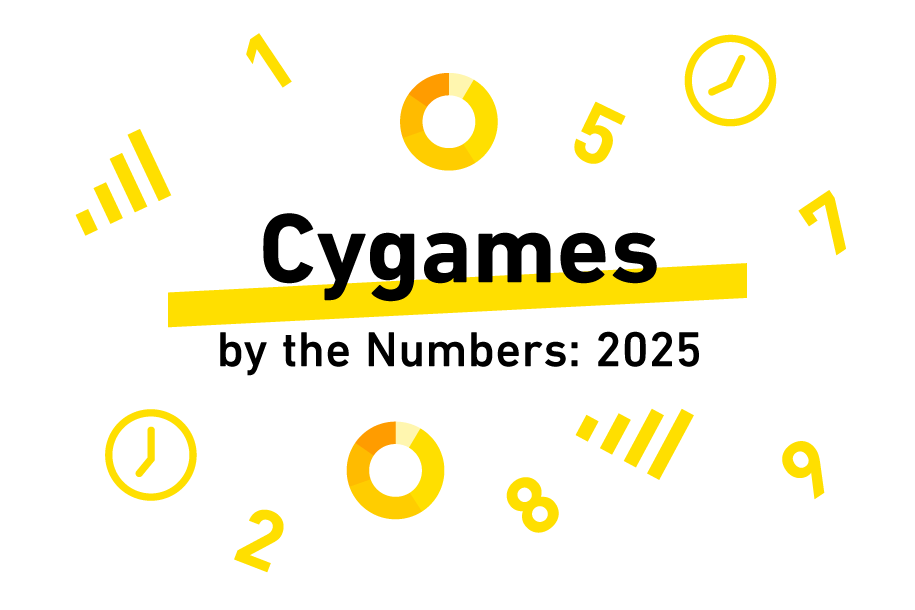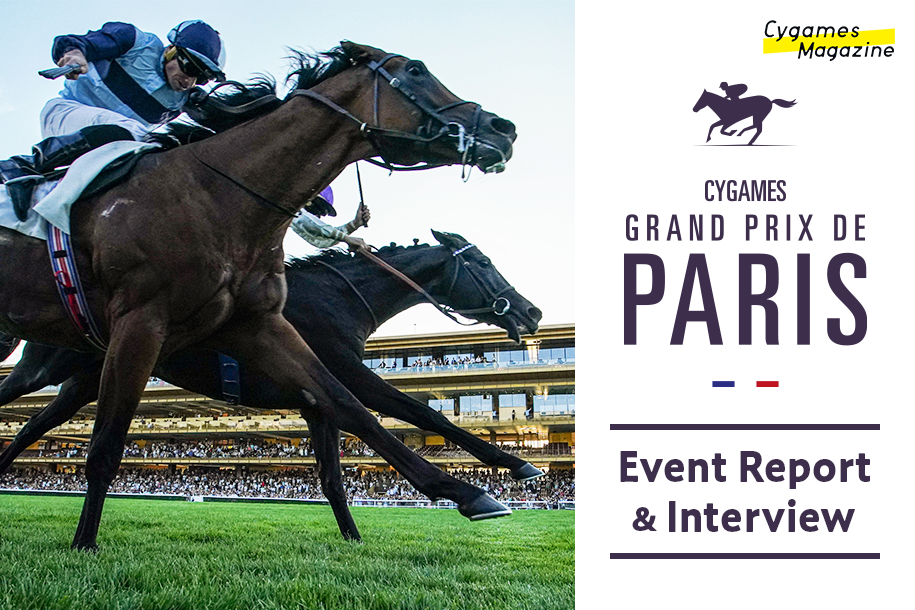A Breakdown of Granblue Fantasy: Relink’s Graphics – Part One: Aiming for Perfection from All Angles
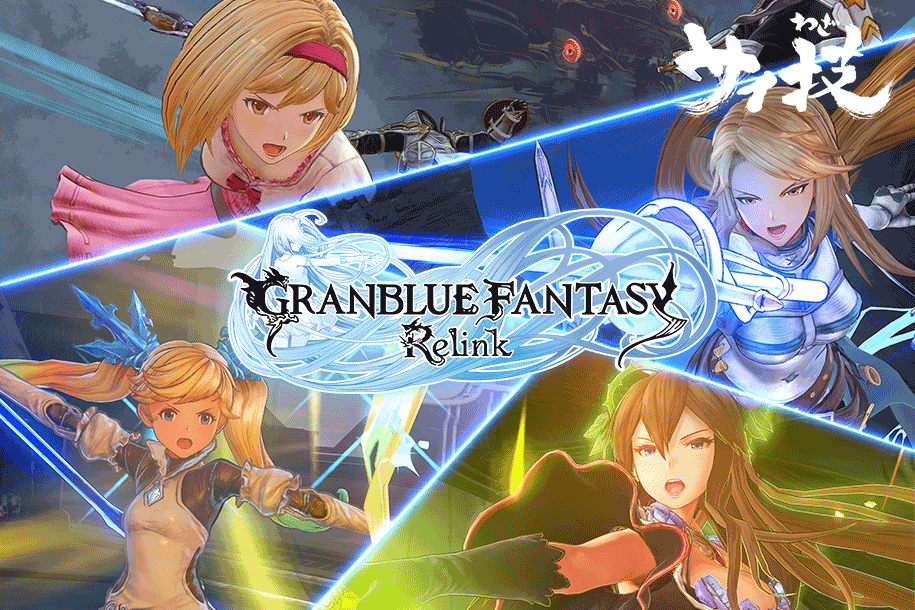
Did you catch “Granblue TV Channel! Festival Edition” on December 12th? During this online live stream, Cygames announced both the release window and development details of Granblue Fantasy: Relink (hereinafter “Relink”). For all you readers who are keen to learn more, we have interviewed the development team about Relink’s graphics as part of the Cyskill project.
The interview will be released in two parts. In part one, we will be discussing the developers’ progress over the past year, their strategies in turning 2D illustrations into 3D models, and how working from home due to COVID-19 has affected production.
A more in-depth look at the game’s content and what the Relink devs wanted to show.
During the live stream, what kind of message did you want to bring across to your viewers?
In all of our announcements up to Granblue Fantasy Fes 2019, we had focused on showing general gameplay such as a primal beast fight and multiplayer mode. For this year’s live stream, we wanted to show everyone that development is coming along smoothly by featuring the work we’ve done on more specific gameplay mechanics and menu screens. By demoing a new stage and navigating the user interface, we hope viewers get a real sense of what the actual game will be like.
Yes, there were more game-design details this time, weren’t there? I’m sure the fans can’t wait to get to play it.
It is worth mentioning that one of our main intentions for last year’s announcement was to assuage concerns regarding the major switch from a third-party developer to being developed entirely in-house. We heard lots of fan feedback about the quality of Relink due to our limited experience in developing console titles, so our top priority was to reassure them otherwise. To achieve this, we announced the Dragon Knights as playable characters as well as showed off real-time gameplay of multiplayer mode during the live stream. Thanks to this, I think we were able to get a positive reaction from our fans.
The world of Granblue Fantasy in 3D!
Aiming for high graphical quality in Relink.
So let’s take a deep dive into Relink. What were your goals in creating the graphics for this game?
One of the biggest selling points of the original mobile game Granblue Fantasy (hereinafter “Granblue”) is its beautiful and unique illustrations. For Relink, the graphics team’s main aim was trying to translate these 2D illustrations into 3D models. During every step of the process we made sure that the feel of Granblue wasn’t lost.
What were the particular hurdles in carrying out this process?
Illustrations are by nature designed only to be seen from one angle and so there are inherently certain areas which are not true to life in this 2D form. Translating these 2D illustrations into 3D models inevitably creates discrepancies. Say we were to take the front and side illustrations of a certain character and base their 3D model off the front illustration. Although this would be faithful to the front illustration, the model viewed from the side is inevitably going to be different from the side illustration. Elements such as the facial features would appear off. This may go without saying, but an illustration is inherently designed to look the best it can be from a predetermined perspective, yet in the case of a 3D model it must look its best from all angles—this was one of the most difficult parts of the process.
It’s easy to say what needs to be done but quite difficult to put into practice. How did you approach this challenge?
The illustrations of Granblue follow their unique laws of physics. How the features look on the characters’ faces, the way the shadows and light fall as well, there are many elements that only work within the world of Granblue. We analyzed each of these elements one by one and thought about how to represent them in 3D.
That sounds interesting. How did you work out what these unique rules were?
We pored over every inch of the original illustrations, analyzed them, and then put our observations into words. It’s easier to think of strategies once we’ve done so, and we can decide to change the lighting to accentuate shadows, or use certain techniques to lighten other areas. Our art team for Relink has a really keen eye for noticing these rules and putting them into words the rest of us can understand. Thanks to them we can change what was essentially an artistic choice into a rule that will help reflect the illustrator’s artistic style in the world of the game.
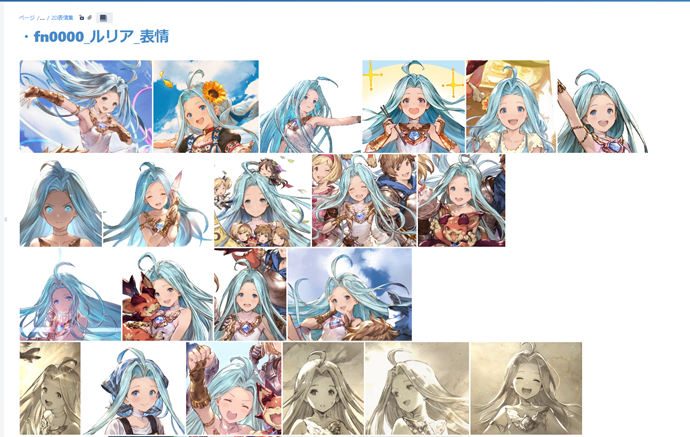
Then, we create the 3D models following these rules we’ve created. Afterwards, we compare the product to the original illustrations and fix up the places that are different. We repeat this process until we’re finally happy that the models have that Granblue essence to them from every angle.
What aspects of this editing work have changed since last year?
We’ve been working on finer elements to draw out the Granblue feel, such as the side-on lighting and shadows on the characters’ noses, the quality of their hair, and so on. In addition, I think we’ve been able to bring out the individual expressions of each character much more successfully.
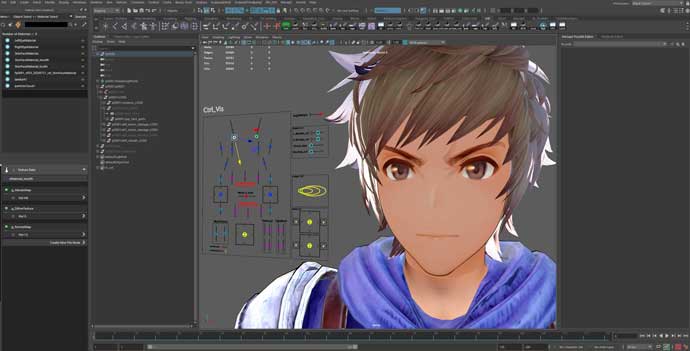
For example, I think it’s clear how much Io has improved since we showed her in 2018. We paid particular attention in getting her facial structure and features just right. Her model was first created from the same angle as her front-on illustration, and we then rotated the camera to make sure her features were still in-line with this illustration. Whereas shading and coloring are usually the most important aspects when working with cel shading, in order to capture the look of the Granblue illustration, we needed to do a lot of work on the polygon mesh so that her features and silhouette would look just right.
Because you’re working from illustrations, I would have presumed the method of creation to be similar to cel shading work, but this sounds far more intricate.
Yes. Another thing that has improved since last year is the facial elements. Whereas we only worked on the face as a whole, now we have been able to work on the neck and more. We realized that when the model is viewed from bottom up, the shape of the face wouldn’t come across very well without editing the neck as well. The neck and face are intrinsically linked, so we needed to make sure the jaw had movement to it as well. In doing so, we managed to bring the models even closer to the original illustrations.
It must have been difficult creating cohesion between all these different angles.
It really was. These elements really stand out during cutscenes or in promotional stills. A well-known strategy that we used was to change the camera angle or facial angle so that the model’s joints alter the character’s silhouette.
For example, even if a face model looks great from the front or the side, when viewed at another angle, their cheeks may look too puffed up. In these cases, we move their joints so that the model looks as good as it can from that angle, and so that the outline of these stills are as close to their original illustration.
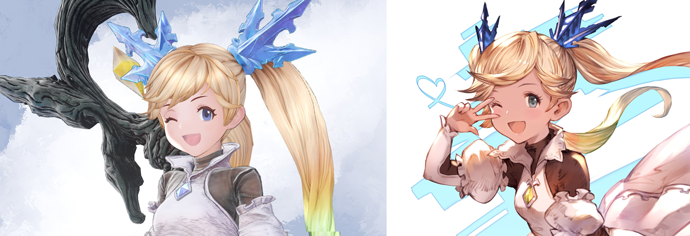
I didn’t realize so much attention to detail was required.
The appeal of Granblue illustrations are in the real intricate details, such as the nuance of each individual line, or how colors are added, and if we don’t put in the same amount of care, then this appeal will be lost. If even a single line is one millimeter off, then it can leave a totally different impression. In order to realize this intricacy, many small parts need to work together.
The original Granblue illustration team is helping us on Relink, which makes it the ideal work environment.
I can imagine it is really heartening to have cooperation across different projects. Everyone’s trying their best to make something really good.
Exactly. The art style for Relink isn’t a cel-shaded or photorealistic approach—it’s the difficult task of recreating Granblue’s precise illustrations in 3D. I think it’s a rather unique process that you don’t really see elsewhere in the game development world.
Working during the COVID-19 pandemic and continuing development while working from home.
I’d like to ask about the development process during the COVID-19 pandemic. With the whole company moving to working from home, was it a smooth transition for the Relink team too?
From the end of last year to the start of this year, we had worked on the character and enemy types, number of stages, length of the story, and were finishing up on confirming the scope of the game. We were beginning to move into the main production and were swiftly heading toward the final stages of development. It was around this time that the Japanese government announced a state of emergency.
Although the announcement and change was completely unexpected, thanks to the hard work of our back office and IT staff, we were able to make the move to remote work without too many problems. I remember being worried, but in the end it wasn’t as much as an issue as I’d thought.
Honestly, because working on a console game requires rather high-spec PCs and monitors, I thought that the move would be rather difficult—after all, we needed to deliver all the large equipment to each staff member’s home and hope they had space for all that stuff.
In the end, it all went really smoothly thanks to the joint efforts of the back office staff, who coordinated deliveries, and the development team. We were able to do the move quickly and efficiently, and I’m really grateful for all their help.
I’m sure there must be a lot of differences in development compared to what you’re used to. Could you tell me about your experiences in regard to this?
A lot of small things have become a lot more difficult. One simple example I can give pertains to data. As all the staff are working from home, everyone has to access various company servers. However, in the majority of cases their home internet connections are a lot slower than those in the office. Developing console games involves huge amounts of data, so there has been a drop in efficiency due to increased upload and download times.
To deal with this, we scheduled times for data to be uploaded and downloaded across the day to improve efficiency. In the case of meetings, we make sure everyone downloads the data an hour beforehand so that they will run smoothly.
Yes, internet speeds can really affect the pace of work. Changing how you work seems a much more practical solution than trying to increase data speeds.
It was the most logical solution, yes. Another issue which slowed down our workflow was the fact that we were no longer in the same office. Whereas we could easily ask for help or show things in person, the inherent lag of screen sharing during online meetings means that you can’t grasp how the gameplay actually feels in real time. Not being able to do such simple things was very taxing.
Working from home even changes how you need to communicate with one another, doesn’t it?
Indeed. We decided to cope with this by relaying information both in text communications and online meetings. We would use Slack to give announcements and then during our daily meetings gather our group leaders together for a live chat to verify things were being communicated properly. Our group leaders would then check up on staff verbally to make sure nothing had slipped through the cracks.
I see. Have there been any merits to working from home?
There have, yes. For meetings with a large group of people, instead of having to find a meeting room and gather everyone there, we can do it easily through Zoom or Slack. Working from home has made us realize that some of the ways we did things before could be improved upon.
Our development team works from two offices—a large portion of the staff for Relink are based in Osaka with a smaller number based in Tokyo. Before COVID-19, we had the Tokyo staff join meetings remotely or travel all the way to Osaka. This provided its own difficulties and time waste, but with everyone working remotely, the removal of this disparity has been a good thing.
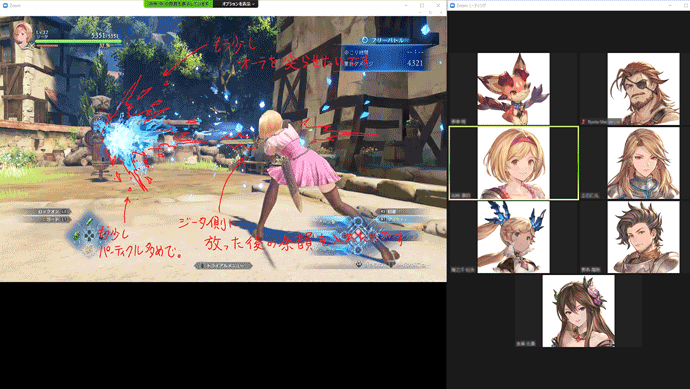
Finally, I think there has been an improvement in the communication between the team members of various different projects. As development from home is completely new for everyone, we’re all trying our best to find the most efficient ways of doing things, no matter the project. We have learned a lot, and this sharing of advice has improved lateral communication.
The spread of COVID-19 has been very unpredictable over the past year. What are your thoughts on development going forward?
Throughout this remote working period, we have grown familiar with this new work style and have realized the benefits that come with it.
We have been able to improve our efficiency in working from home and have learned that progress can be made from anywhere. When this all settles down, I think we will be utilizing this new knowledge regardless of whether we continue working from home or return to the office.
In part one of this interview, we heard about the development process over the past year as well as the team’s graphical challenges.
In part two, we will delve into more graphics talk and find out how much content will be packed into the game. Look forward to it!
★Read other articles related to Granblue Fantasy: Relink★
Behind the Scenes of Game Development! We Take a Look at Osaka Cygames, Developers of Granblue Fantasy: Relink!≫≫≫
Interview with Senior Engineers: Stories behind the Founding of Osaka Cygames and its Goals≫≫≫



